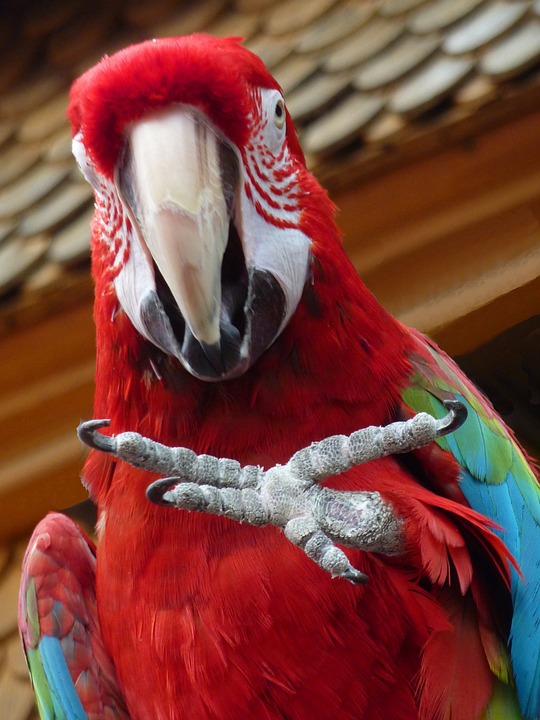Parrots are intelligent and sensitive creatures that require a calm and safe environment to thrive. However, there are times when stressful situations, such as thunderstorms, loud noises, or changes in routine, can cause anxiety for your feathered friend. To ensure your parrot’s well-being during these times, it is essential to create a calming and safe space for them. In this article, we will explore effective strategies and techniques to help your parrot feel comfortable and secure during stressful situations.
Creating a designated safe zone is crucial to providing your parrot with a calming space. This area should be quiet, free from distractions, and away from any potential stressors. Choose a quiet area in your home that is secluded from noise or foot traffic. Avoid placing the safe zone near windows or high-traffic areas. Furnish the safe zone with comfortable perches, toys, and soft bedding. Parrots often find solace in cozy spaces where they can retreat and feel secure. Additionally, controlling the lighting in the safe zone can help maintain their natural circadian rhythm. Ensure that the lighting mimics the parrot’s natural environment by providing full-spectrum lighting or natural sunlight.
Loud noises and sudden sounds can be extremely distressing for parrots. Taking steps to soundproof the environment can greatly reduce their anxiety levels. Insulate the room by installing soundproofing materials, such as acoustic panels or curtains, to reduce outside noise penetration. Consider using white noise machines that emit a consistent and soothing sound to help drown out sudden noises or disturbances. Playing soft instrumental music or nature sounds can also provide a calming effect and mask unwanted noises.
Parrots thrive on routine and predictability. Any changes in their daily schedule can lead to stress and anxiety. To create a calming environment, it is essential to maintain a consistent routine for your parrot. Stick to a regular feeding schedule and provide meals at the same time each day to establish a sense of stability. Additionally, ensure your parrot gets enough sleep by providing a quiet and dark environment during their designated sleep hours. Avoid sudden changes to their environment or daily routine whenever possible. Gradual introductions to new elements can help your parrot adjust more easily.
It is important to be able to recognize signs of stress or anxiety in your parrot. Some common signs include excessive feather plucking, aggressive behavior, loss of appetite, excessive vocalization, or repetitive actions. If you notice any of these signs, it’s important to address your parrot’s environment and consult with an avian veterinarian if needed.
While essential oils and aromatherapy may be beneficial for humans, it is not recommended to use them around parrots. Many essential oils can be toxic to birds and may cause respiratory issues. It’s best to avoid using any scented products or oils near your parrot.
During stressful situations, providing a covered cage can create a sense of security for your parrot. This can help block out any external stimuli that may be causing anxiety. However, it’s important to ensure proper ventilation and monitor the temperature inside the covered cage to prevent overheating.
Creating a calming and safe space for your parrot during stressful situations is essential for their well-being. By following these strategies and being attentive to your parrot’s needs, you can help them feel secure and reduce their anxiety levels. Remember, a calm parrot is a happy parrot!









